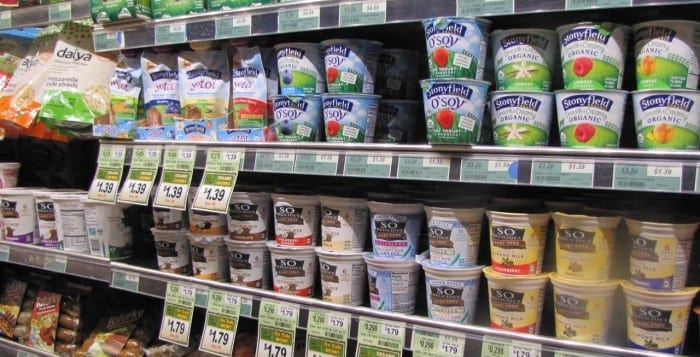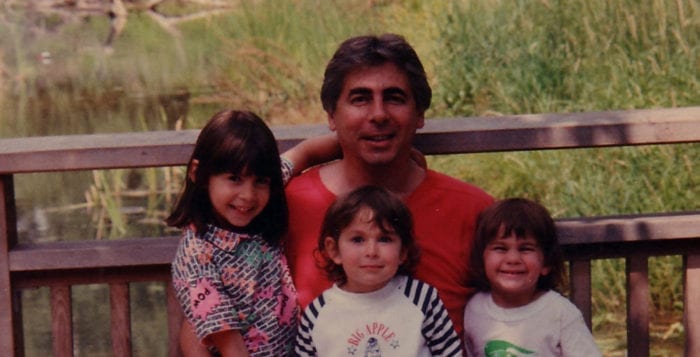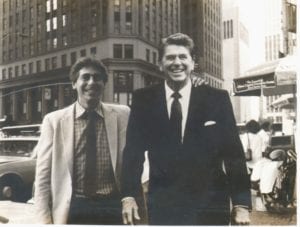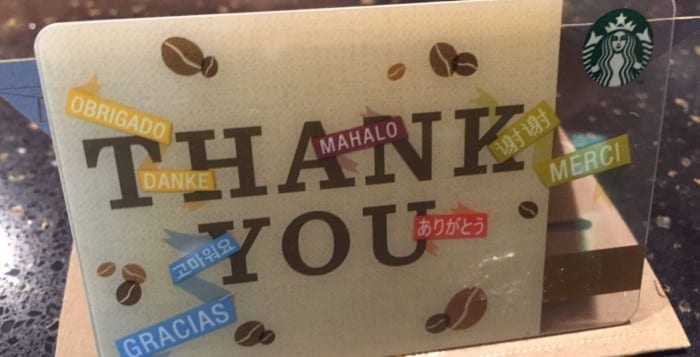Heart attacks and heart disease get a lot of attention, but chronic heart failure is something that tends to be overlooked by the press. Heart failure occurs in about 20 percent of the population over the age of 40 (Circulation. 2002;106(24):3068). There are about 5.8 million Americans with HF (Circulation. 2010;121(7):e46). Not surprisingly, incidence of heart failure increases with age (J Am Coll Cardiol. 2003;41(2):21).
Heart failure occurs when the heart’s pumping is not able to keep up with the body’s demands and may decompensate. It is a complicated topic, for there are two types, systolic heart failure and diastolic heart failure. The basic difference is that the ejection fraction (output of blood with each contraction of the left ventricle of the heart) is more or less preserved in diastolic HF, while it can be significantly reduced in systolic HF.
We have more evidence-based medicine, or medical research, on systolic heart failure. Fortunately, both types can be diagnosed with the help of an echocardiogram, an ultrasound of the heart. The signs and symptoms may be similar, as well, and include shortness of breath on exertion or when lying down; edema or swelling; reduced exercise tolerance; weakness and fatigue. The risk factors for heart failure include diabetes, coronary artery disease, high blood pressure, obesity, smoking, heart attacks and valvular disease.
Typically, heart failure is treated with blood pressure medications, such as beta blockers, ACE inhibitors and angiotensin receptor blockers.
We are going to look at how diet, iron and the supplement CoQ10 impact heart failure.
Effect of diet
If we look beyond the usual risk factors mentioned above, oxidative stress may play an important role as a contributor to HF. Oxidative stress is thought to potentially result in damage to the inner lining of the blood vessels, or endothelium, oxidation of cholesterol molecules, and a decrease in nitric oxide, which helps vasodilate blood vessels.
In a newly published population-based, prospective (forward-looking) study, called the Swedish Mammography Cohort, results show that a diet rich in antioxidants reduces the risk of developing HF (Am J Med. 2013 Jun:126(6):494-500) In the group that consumed the most nutrient-dense foods, there was a significant 42 percent (p<0.001) reduction in the development of HF, compared to the group that consumed the least. According to the authors, the antioxidants were derived mainly from fruits, vegetables, whole grains, coffee and chocolate. Fruits and vegetables were responsible for the majority of the effect.
This nutrient-dense approach to diet increased oxygen radical absorption capacity. Oxygen radicals have been implicated in cellular damage and DNA damage, potentially as a result of increasing chronic inflammation. What makes this study so impressive is that it is the first of its kind to investigate antioxidants from the diet and their impacts on heart failure prevention. This was a large study, involving 33,713 women, with good duration — follow-up was 11.3 years. There are limitations to this study, since it is an observational study, and the population involved only women. Still, the results are very exciting, and it is unlikely there is a downside to applying this approach to the population at large.
CoQ10 supplementation
Coenzyme Q 10 is a substance produced by the body that helps the mitochondria (the powerhouse of the cell) produce energy. It is thought of as an antioxidant. In a meta-analysis (group of 13 studies), the results showed that supplementation with CoQ10 may help improve functioning in patients with heart failure (Am J Clin Nutr. 2013 Feb;97(2):268-75). This may occur because of a modest rise in ejection fraction functioning. It seems to be important in systolic heart failure. Supplementation with CoQ10 may help to reduce its severity.
The doses used in the meta-analysis ranged from 60 mg to 300 mg. Interestingly, those that were less than or equal to 100 mg showed statistical significance, while higher doses did not reach statistical significance. This CoQ10 meta-analysis was small. It covered 13 studies and fewer than 300 patients.
Like some other supplements, CoQ10 has potential benefits, but more study is needed. Because there are no studies showing significant deleterious effects, which doesn’t mean there won’t be, it is worth starting HF patients with comprised ejection fractions on 100 mg CoQ10 and titrating up, as long as patients can tolerate it.
Preliminary results of the new Q-SYMBIO study showed an almost 50 percent reduction in the risk of all-cause mortality and 50 percent fewer cardiac events with CoQ10 supplementation. This one randomized controlled trial followed 420 patients for two years who had severe heart failure.
The lead author goes as far as to suggest that CoQ10 should be part of the paradigm of treatment. He may be a bit enthusiastic, but this is the first new “drug” in over a decade to show survival benefits. The caveat is that these results were only recently presented at the prestigious Heart Failure 2013 Congress May 25 to 28, and they still need to be published in a peer-reviewed journal.
Iron Deficiency
Anemia and iron deficiency are not synonymous, since iron deficiency can occur without anemia. A recent observational study that followed 753 heart failure patients for almost two years showed that iron deficiency without anemia increased the risk of mortality in heart failure patients by 42 percent (Am Heart J. 2013;165(4):575-582).
In this study, iron deficiency was defined as a ferritin level less than 100 ug/L (the storage of iron) or, alternately, transferrin saturation less than 20 percent (the transport of iron) with a ferritin level in the range 100-299 ug/L.
The authors conclude that iron deficiency is potentially more predictive of clinical outcomes than anemia, contributes to the severity of HF, and is common in these patients.
Thus, it behooves us to try to prevent heart failure through dietary changes, including high levels of antioxidants, because it is not easy to reverse the disease. Those with HF should have their ferritin levels checked, for these are correctable. I am not typically a supplement advocate; however, based on the latest results, CoQ10 seems like a compelling therapy to reduce risk of further complications and potentially death. Consult with your doctor before taking CoQ10 or any other supplements, especially if you have heart failure.
Dr. Dunaief is a speaker, author and local lifestyle medicine physician focusing on the integration of medicine, nutrition, fitness and stress management. For further information, go to the website www.medicalcompassmd.com or consult your personal physician.








